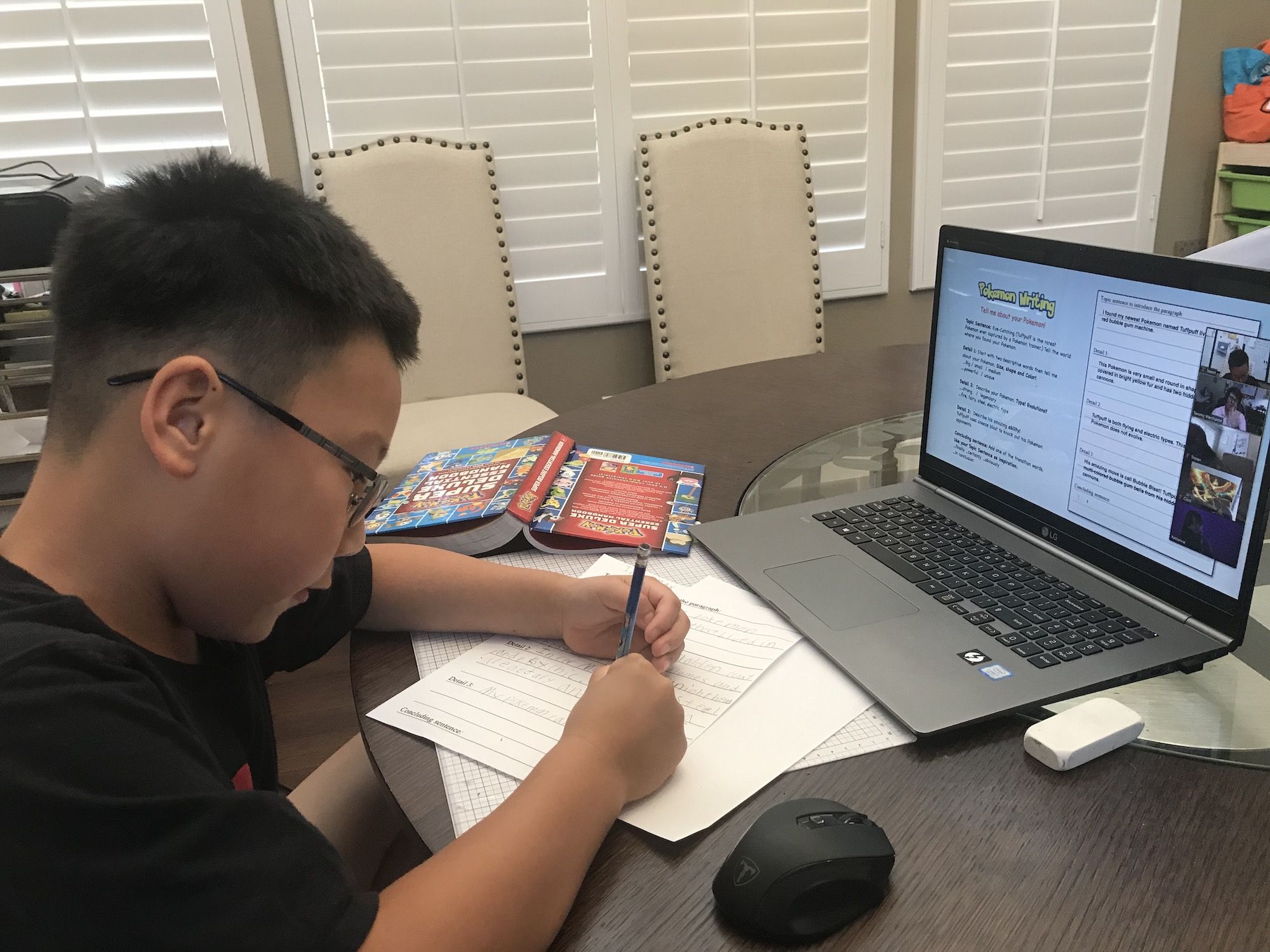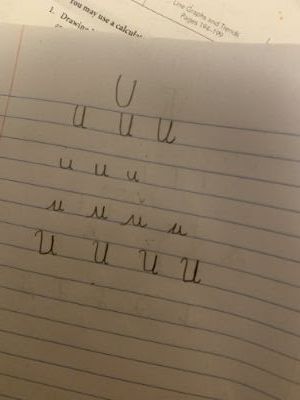How to write in cursive—and why children should learn
There was a time—not so long ago, really!—where learning cursive in school happened alongside math and reading and the periodic table. But as learning has become increasingly digital, cursive writing has become de-emphasized in the classroom. In 2010, it was dropped from the Common Core standards.
In 2019, cursive penmanship began to mount a comeback, as many states re-instated it on public elementary school curriculums. There are myriad applications—and benefits—of cursive writing. Read on for a primer on how to help your children learn and practice this elegant handwriting style.
What is cursive writing?
Cursive is simply a type of handwriting where the letters are looped and connected. It typically looks like script, or somewhat italicized.
4 Benefits of learning cursive writing
Learning cursive is beneficial for all children, even with life moving in an increasingly digital direction.
- It can help with memory. There’s already research that suggests that physically writing things down is different than touching the keys on a keyboard when it comes to information processing and retention. Some research also shows that writing things down helps move information from your short term memory to the long term memory.
- It can help you think faster. When you physically handwrite (in print or in cursive), you’re creating an image of that letter in your brain over and over. Unlike learning to type (where your brain only has to tap a key), hand-writing requires the brain to connect with the hands and integrate multiple skills at once. This sparks activity in the brain and can even help kids form more ideas more quickly.
- It can support learners with dyslexia. When writing cursive, learners focus on decoding words while also combining fine motor skills and memory. Activating muscle memory when writing in cursive can help learners with dyslexia.
- You can use it in everyday life. In a time where text messaging and emails are the main ways of communicating, writing a handwritten note in cursive to a friend or family member can be a meaningful way of keeping in touch. Plus, your signature looks better in cursive.

How to practice cursive writing
Before you get started, it’ll be important to have lined paper, a pen or a pencil (probably a pencil, so you can erase!) and a copy of the cursive alphabet. It will also be helpful to know a few terms going forward as you learn.
Start with the cursive alphabet
Like learning any new skill, it’s always great to start with a model. Using the cursive alphabet, you can first familiarize yourself with what all the upper and lowercase letters look like.

Practice upward and downward strokes
Depending on which letter you’re writing, you might use an upward stroke, downward stroke, or a combination of the two. Practice upward and downward strokes first, to get the feel for the movement. Tracing letters is a great way to start in order to get the hang of it. Like anything, having a model to use will help you perfect your letters before attempting to try them on your own.
Practice lowercase cursive letters
Lowercase l
Each of these will start from the bottom line and use an upward stroke up to complete the letter.
Start at the bottom line and use your pencil to loop upward to the top line. Loop back down to the bottom line, and you have a lowercase l. This is one of the simplest letters, as it only requires a single stroke. Lowercase h and b begin in a similar way, but are more complex.
Lowercase u
Now try the same technique but with the letter u. Start at the bottom line and draw straight up to the dotted line. Here, you’ll create a sharp peak and come back to the bottom line to create the round bottom portion of the u. Then, with another upward stroke, loop back up to the dotted line again. There, you’ll go down just a little to give the u its small tail beneath the dotted line. Voila, a u!
If it helps, you can imagine that you’re drawing a small wave. Once you get comfortable with this motion, you can do most of the lowercase cursive letters.
Using this same technique (starting at the bottom line and using a stroke upward), try some of the other easiest letters: j, k,l, m, n, p, r, s, t, w, x, and y.
Lowercase o
Starting at the bottom line, draw a curved stroke up to the dotted line. From here, you’ll make the loop of the o by making a stroke to the bottom line and then drawing a circle to the dashed line. Next, you’ll draw the tail of the o just beneath the dashed line. Letters a, c, d, e and o use curved lines.
Practice uppercase cursive letters
Uppercase A
An uppercase A looks almost identical to the lowercase a, but it starts at the top line. Start there, loop out to the left and down to the bottom line, then back up to the top. From there, you’ll draw straight down to the bottom line again to create the tail of the a.
Uppercase L
Start just below the top line. You’ll draw to the right and then do a small loop up to the top line. There, you’ll draw straight down and then do another small loop that hits the bottom line. Loop back up (keeping it small!) to the right, so that your loop sits between the dashed line and bottom line.
As with anything —and especially a fine motor skill like cursive — practicing is the only way you’ll get better. Make sure to use lined paper and keep lots of practice sheets, and your cursive handwriting will get better and better in time!
About Outschool
Outschool is a marketplace of live online classes for kids (ages 3-18). Learners can safely learn and connect with teachers over live video chat. From math and music to filmmaking, coding, writing, and baking, the small-group online format supports all learner types at any level. Classes start at $10.
How Outschool Works
Discover thousands of classes and camps on your learner's favorite topics.
Safely learn from home and connect with peers over live video chat.
Boost your child's learning and build new skills with vetted teachers.
Discover thousands of classes and camps on your learner's favorite topics.
Safely learn from home and connect with peers over live video chat.
Boost your child's learning and build new skills with vetted teachers.

